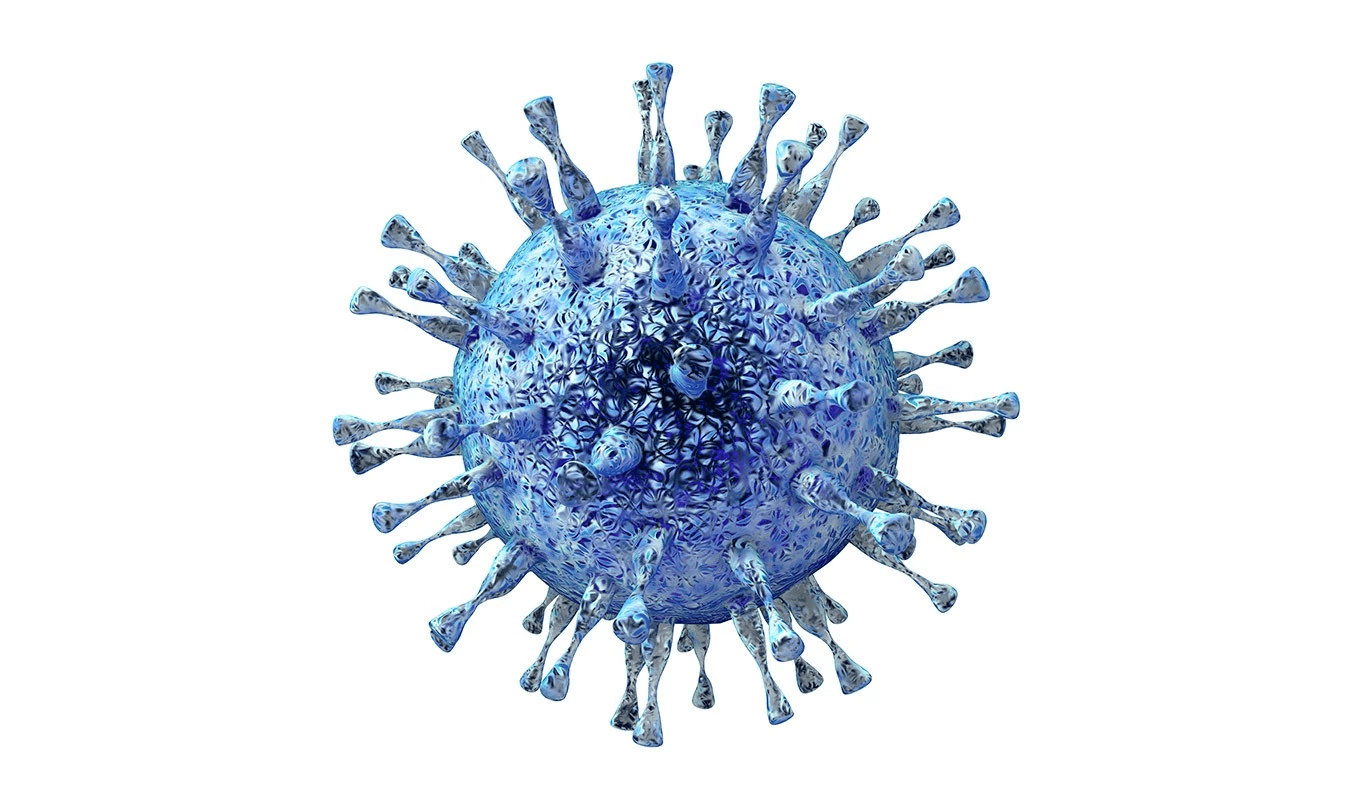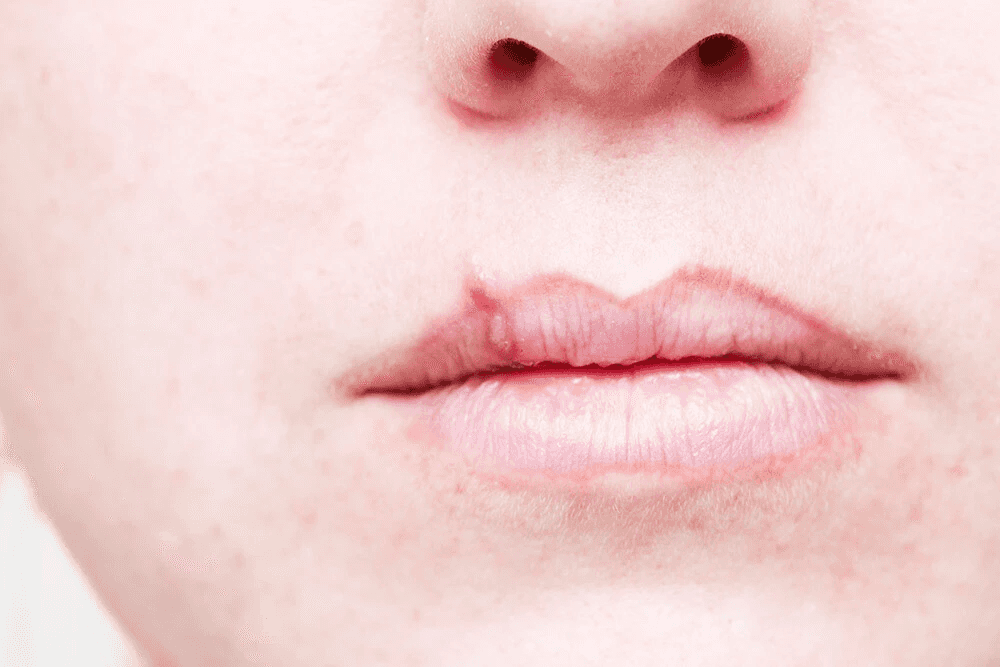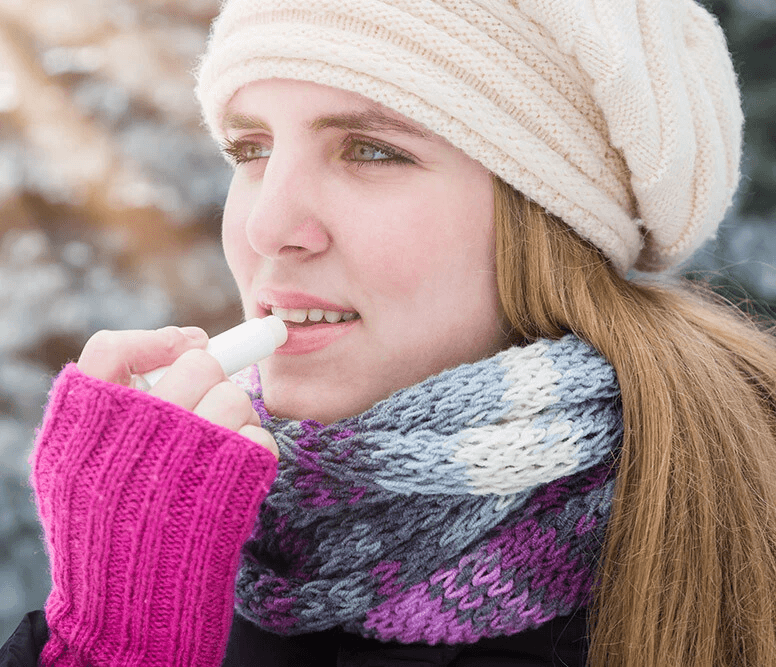Cold sores, also called herpes or fever blisters, are groups of small, fluid-filled blisters. The blisters are most often gathered in patches on the lip and around the mouth. Before an outbreak, you often feel a tingling sensation or stinging pain. Then the blisters appear, and they usually burst, ooze, crust over and disappear after several days to two weeks. If you don’t treat your cold sore, it usually lasts 7-10 days, but can remain for up to two weeks. Although there is no cure for cold sores, you can control the pain, the severity of the outbreak and you can help speed up the healing process.
Cold Sores Prevention and Treatment Tips

Jump to:
Overview of Cold Sores

Woman with a cold sore on her lip
Cold Sore Contagious?
How long are cold sores contagious?
Can I give cold sores to other people?
How to be less contagious
How long do cold sores last?
How do you get cold sores? - The triggers
- Illness: fever, flu, or cold
- Trauma and stress including physical strain and emotional stress
- Fatigue or lack of sleep
- Hormonal changes, especially from menstruation or taking birth control pills
- Minor injuries such as cracks in the lips
- Weakened immune system due to unhealthy lifestyle (smoking, alcohol, and poor nutrition) or certain medicines such as chemotherapy
- Excessive sun exposure: sunlight and artificial UV light
- Skin exposure to extreme weather conditions (heat, cold or wind)
Reactivation of virus
Preventing Cold Sores
Knowing yourself well
What does the beginning of a cold sore look like?
- Stage 1: Tingling stage
For more than 85% of cold sore sufferers, outbreaks often begin with symptoms such as a tingling, tightness, soreness, or itching around the lips. This stage lasts 1-2 days. Most often, the tingling sensation is experienced around the area where the cold sore will appear. The area then starts to swell and redden, and can feel painful to touch. Remember that a cold sore is contagious from the moment you first feel tingling or other signs of a cold sore coming on because the virus has already replicated.
- Stage 2: Blister stage
Within 48 hours of the first stage, clusters of red, fluid-filled blisters appear. This is the result of the virus waking up, multiplying, and your body beginning to fight back. The blisters start to fill with clear fluid. This fluid is highly infectious, as it contains the cold sore virus (HSV-1, herpes simplex virus type 1). If the blister bursts, it releases the contagious fluid, potentially leading to infection of other parts of your body or other people.
- Stage 3: Weeping
On day 4 or 5 of an outbreak, the blisters usually burst, ooze, and form painful sores. Open sores are red and shallow. Be aware that cold sores are most contagious during this time. The exposed and ulcerated sores will now begin to scab over as your body starts the healing process.
- Stage 4: Crusting
Around days 5-8 of an outbreak, you most likely will have developed scabs. The sores have dried out and scabbed over causing itching and painful cracking. When the blister dries out without bursting, scabs look yellow or brown.
- Stage 5: Resolution with healing
The final stage of the cold sore is the healing phase. Once your body’s defences have tackled the virus, the scabs begin to peel off and the cold sores heal. Try to avoid knocking off the scab because the healing process will need to start again. For most people, the healing occurs between 8 to 10 days after the onset of symptoms. Typically, cold sores do not leave scars.

Woman in winter clothing applying lip balm outdoors.
Can cold sores be cured?
Warning for babies and people with a weak immune system
Enjoying this article?
Rate this article if you find this helpful.
